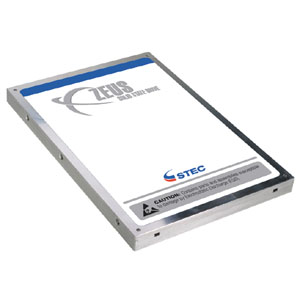If you are using SSD card, you might have loads of data stored. Do you wonder if your SSD card is good to work for some more years or you need to take a backup of it before it breaks down? With tons of data stored, you cannot take a chance to miss the data.
You must understand that the SSD cards are totally different from the hard drives and hard disks. So, will it not die, unlike the hard drives? No! You are wrong! The SSD cards will die in one or other ways and here we will discuss the different ways SSDs will fail to work.
Understanding the difference of Hard disk and SSDs
In order to know further in detail about SSDs, you must understand the difference between SSDs and the hard disk. The main difference between SSD and the hard disk is that the area that holds the data in the hard disk can be rewritten numerous times without affecting the quality of it and as long as it is needed. And the hard disk will be usable and will function perfectly.
On the other hand, SSDs are no way similar to the hard disk because the part or the cell that holds the data can be written only once and that particular cell is programmed and designed to hold only that set of information for a finite number of times before it fails to work. When you initiate a write operation on the cell, the data in that particular cell needs to be erased which involves writing process, erasing process and rewriting process which leads to wear and tear of that particular cell which fails to hold the charge. This rule is applicable for different types of flash memory that work on the different life cycle.
The Flash memory used in SSD is also known as MLC which refers to Multi-level- Cell. This cell is capable of handling two-bit data and of course, this type of flash can handle roughly 3000 cycles which means you can erase the cells and reprogram them as much as 3000 times.
What is the difference between MLC and TLC?
Recently the SSD manufacturers have switched from MLC to TLC which refers to Triple-Level Cell. Unlike the two-bit data, the Triple-Level Cell gives space for one more bit of each cell and eventually improves the density but at the cost of endurance. The major drawback is that these cells can withstand only 1000 cycles which are three times lesser endurance than the MLC.
Calculating the lifespan of the SSD
This means the SSD that you own have a finite life cycle and they are measured in terabytes written shortly known as TBW. Do not expect the manufacturers to mention this number because they would not be able to predict it at all. The Samsung 850 EVO has 150 TBW however it is not a definite number. There can be a difference between 75 and 150 TBW.
How do you calculate the life span?
The SSDs come with software that will tell you the amount of data written on the SSD which will help you to calculate the TBW. Every brand of SSD comes with the utility software that will help you to judge the amount of space left on the card. For example, if the capacity of the SSD is 100 TB and you have used only 35TB, you still have a great life of the SSD. Calculate the amount of data used and use your SSD wisely.
